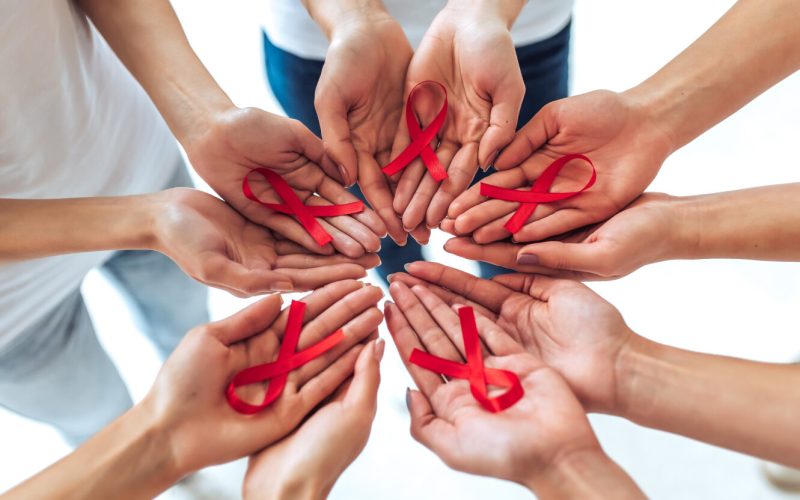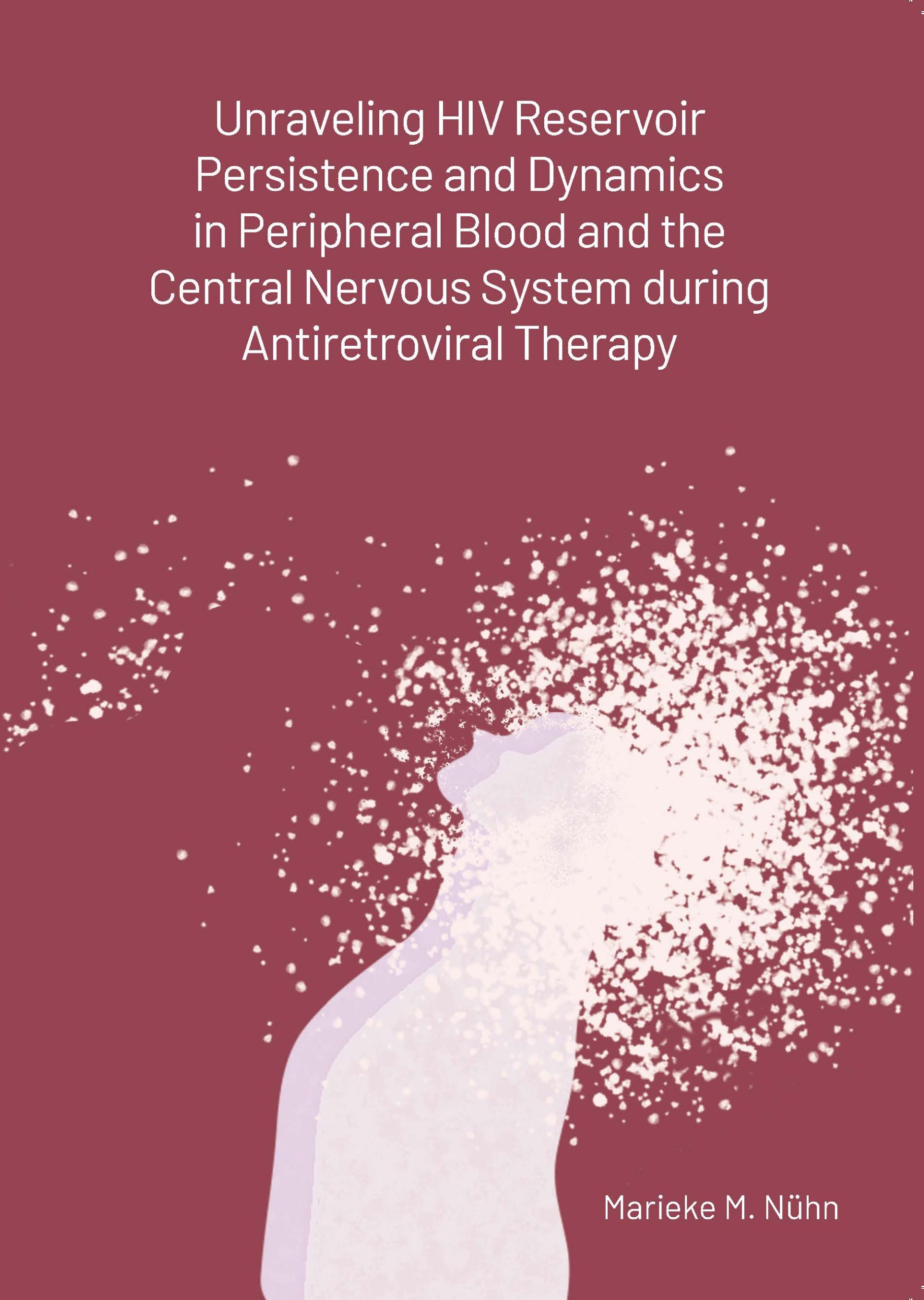Although the HIV reservoir in peripheral blood declines over time during antiretroviral therapy (ART), low levels of a viral reservoir remain present. In addition, in the brain an HIV reservoir capable of replicating was found in microglia. The latter coincided with an increased immune activation and disrupted brain homeostasis. Although ART may reduce immune activation in the brain, residual immune activation persists in susceptible individuals. Therefore, HIV cure strategies taking into account the brain reservoir should be considered, concluded Marieke Nühn (UMC Utrecht) in her PhD thesis.
Since the introduction of effective antiretroviral therapy (ART) in 1996, HIV has shifted from a fatal disease to a chronic infection. While ART suppresses viral replication, it does not remove the latent HIV reservoir from the cells, necessitating lifelong treatment. Most research focuses on the viral reservoir in the cells of the peripheral blood, but HIV also persists in cells of other tissues, including in the brain. The PhD thesis by Marieke Nühn, MSc (Department of Medical Microbiology, UMC Utrecht) examined the dynamics of the HIV reservoir in both blood and brain tissue.
In her PhD project, Marieke Nühn and co-workers optimized the so-called Intact Proviral DNA Assay. This is a technique capable of quantifying both HIV subtype B, which is prevalent in high-income countries, and subtype C, the most predominant subtype globally. Using this technique, they followed individuals on ART for 20 years and found that while the reservoir declines early in treatment, it stabilizes after a decade.
In the brain, the investigators identified microglia cells as being the primary HIV reservoir. This was studied using a newly developed microglia culture system and postmortem brain tissue from individuals with HIV. The investigators demonstrated that viruses isolated from these sources could establish productive infection in these culture systems. Due to challenges in isolating intact cells from frozen brain tissue, they instead analyzed cell nuclei and found increased immune activation in individuals with HIV, even in those on ART. This persistent immune activation and neuroinflammation may contribute to cognitive impairments, known as HIV-associated neurocognitive disorder (HAND) which affects 30-50 percent of people with HIV.
“The findings in my PhD research improve our understanding of the HIV reservoir in both blood and brain, as well as the potential harmful effects of HIV. Crucially, they highlight the need for innovative cure strategies and improvements in existing treatments to better address HIV-associated neurocognitive disorder”, said Marieke Nühn.
“The findings in my PhD research improve our understanding of the HIV reservoir in both blood and brain, as well as the potential harmful effects of HIV. Crucially, they highlight the need for innovative cure strategies and improvements in existing treatments to better address HIV-associated neurocognitive disorder”
Marieke M. Nühn, MSc (1996, Utrecht) defended her PhD thesis on May 22, 2025 at Utrecht University. The title of the thesis was “Unravelling HIV reservoir persistence and dynamics in peripheral blood and the central nervous system during antiretroviral therapy”. Supervisors were em. prof. Emmanuel Wiertz, DVM, PhD and prof. Annemarie Wensing MD, PhD (both Department of Medical Microbiology, UMC Utrecht). Co-supervisors were Monique Nijhuis, PhD and Jori Symons, PhD (both Department of Medical Microbiology, UMC Utrecht).
• December 3, 2024:
Characterizing HIV-1 reservoir dynamics
• February 16, 2023:
The central nervous system, a reservoir for HIV?

